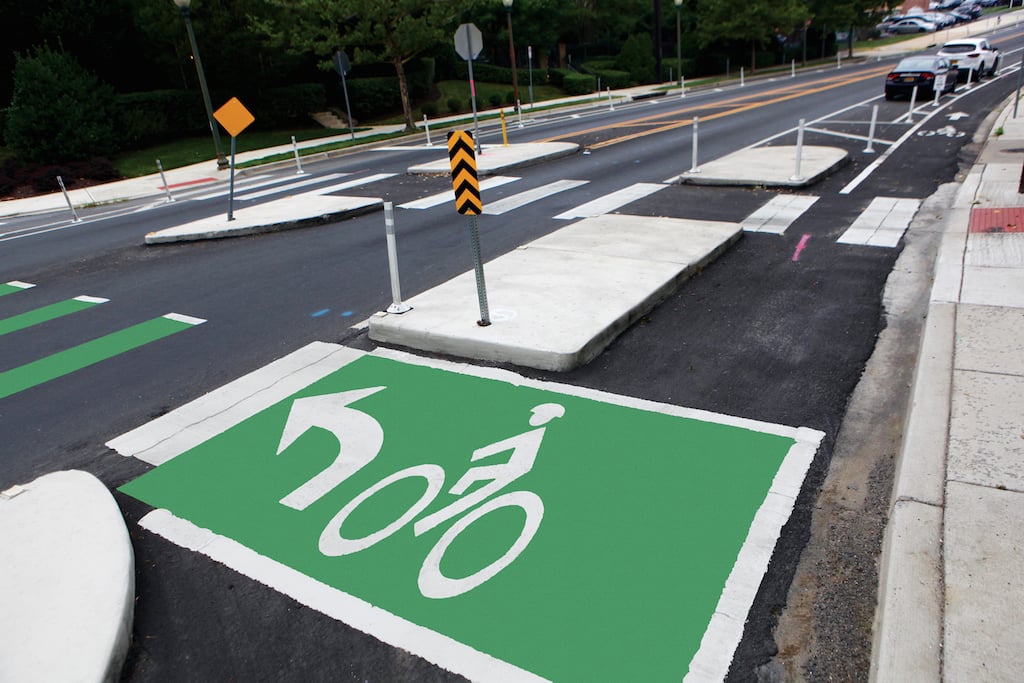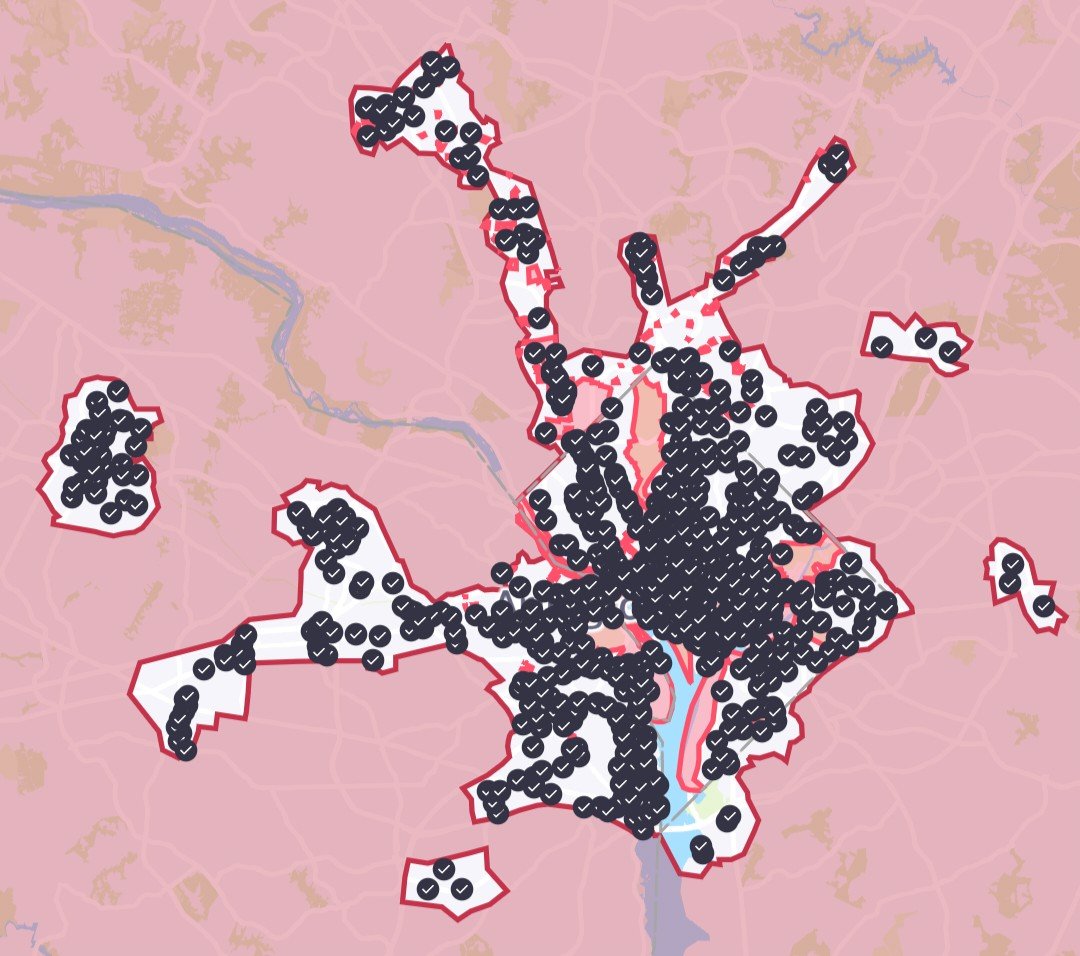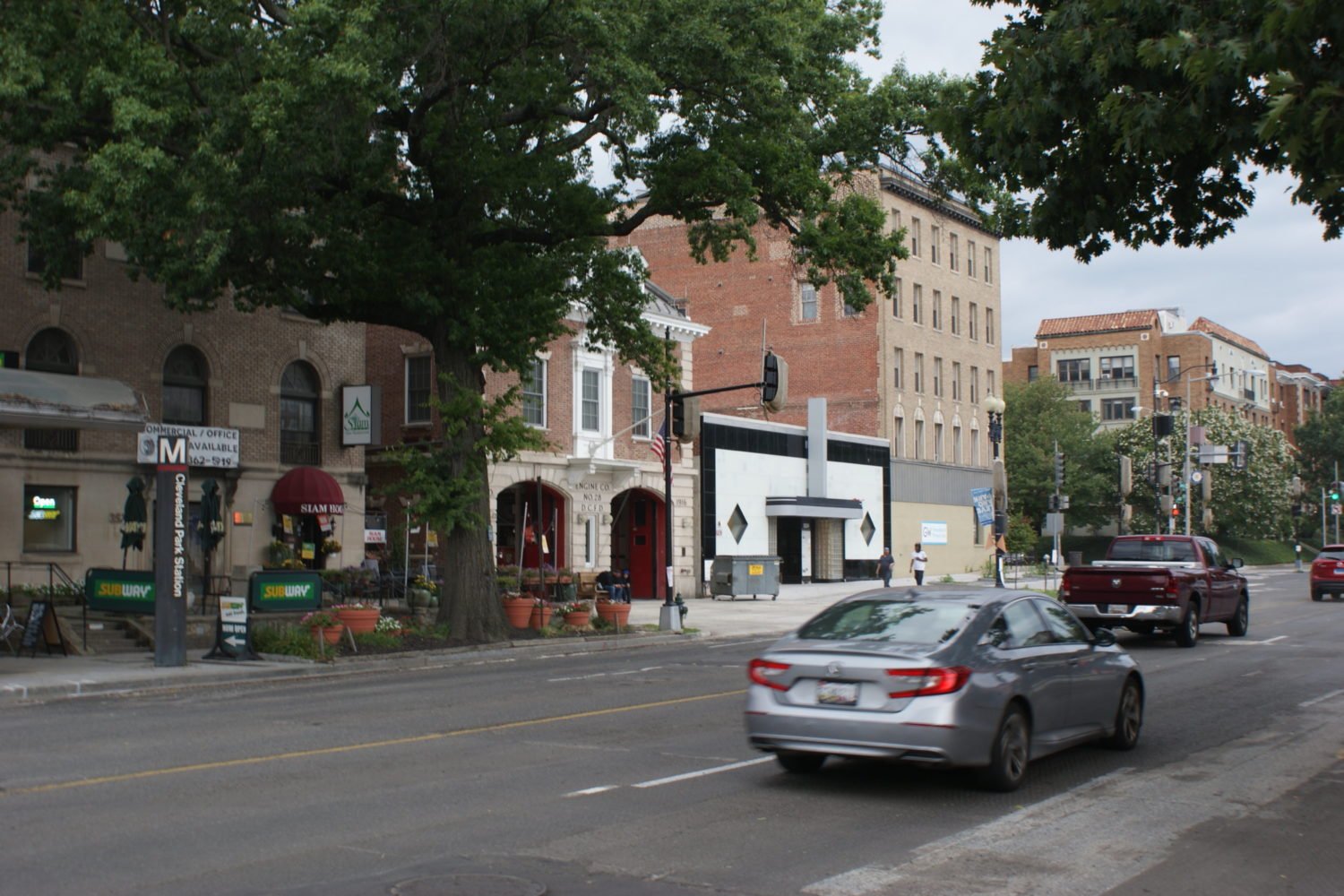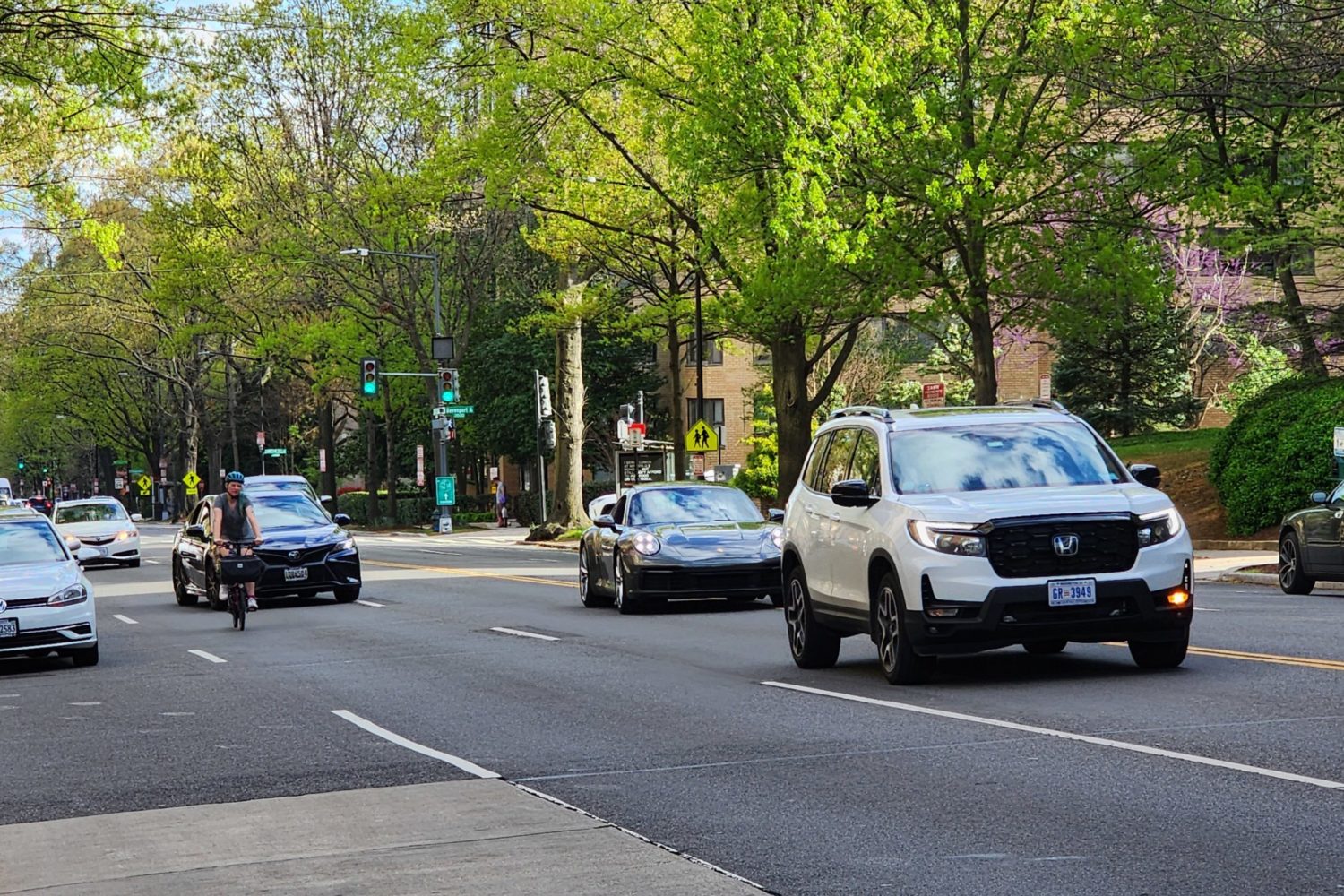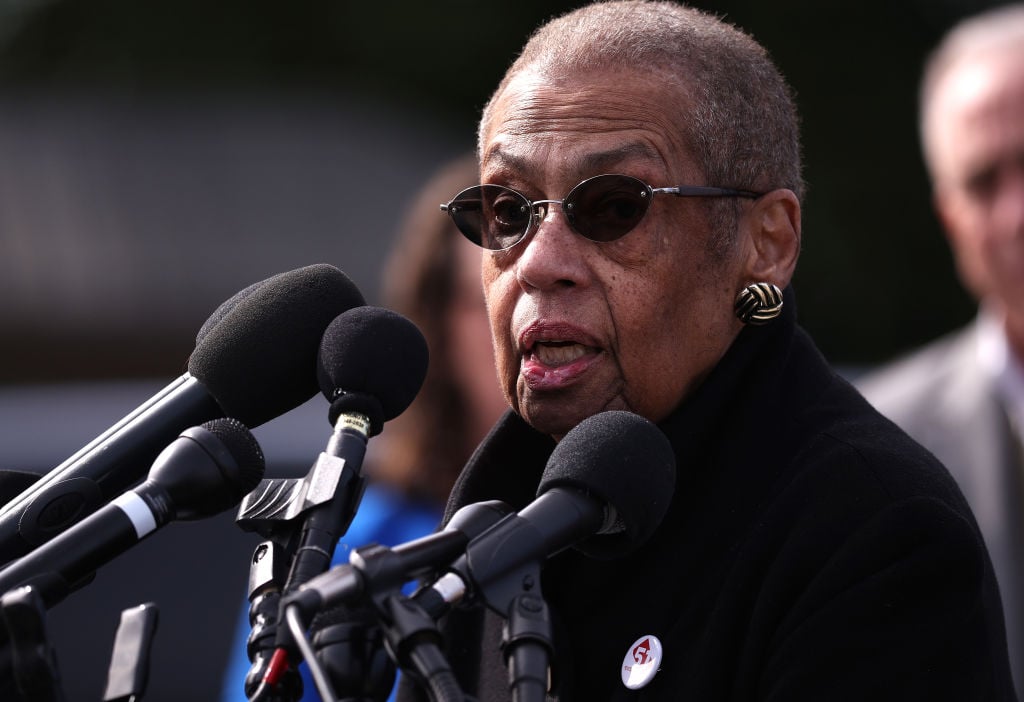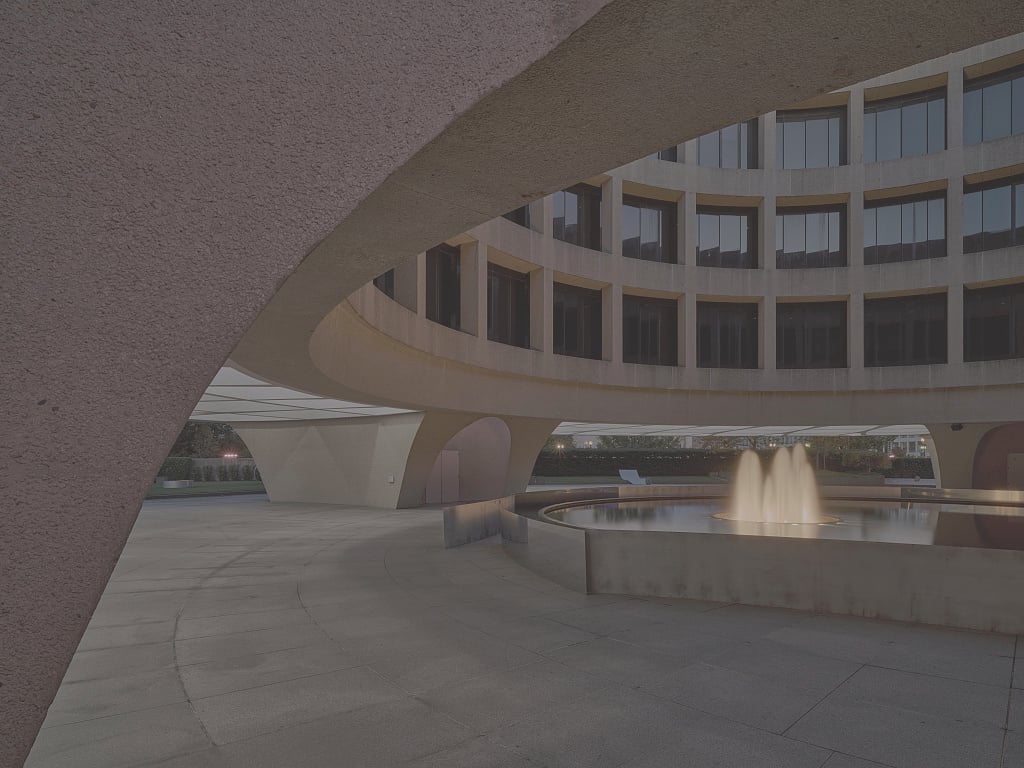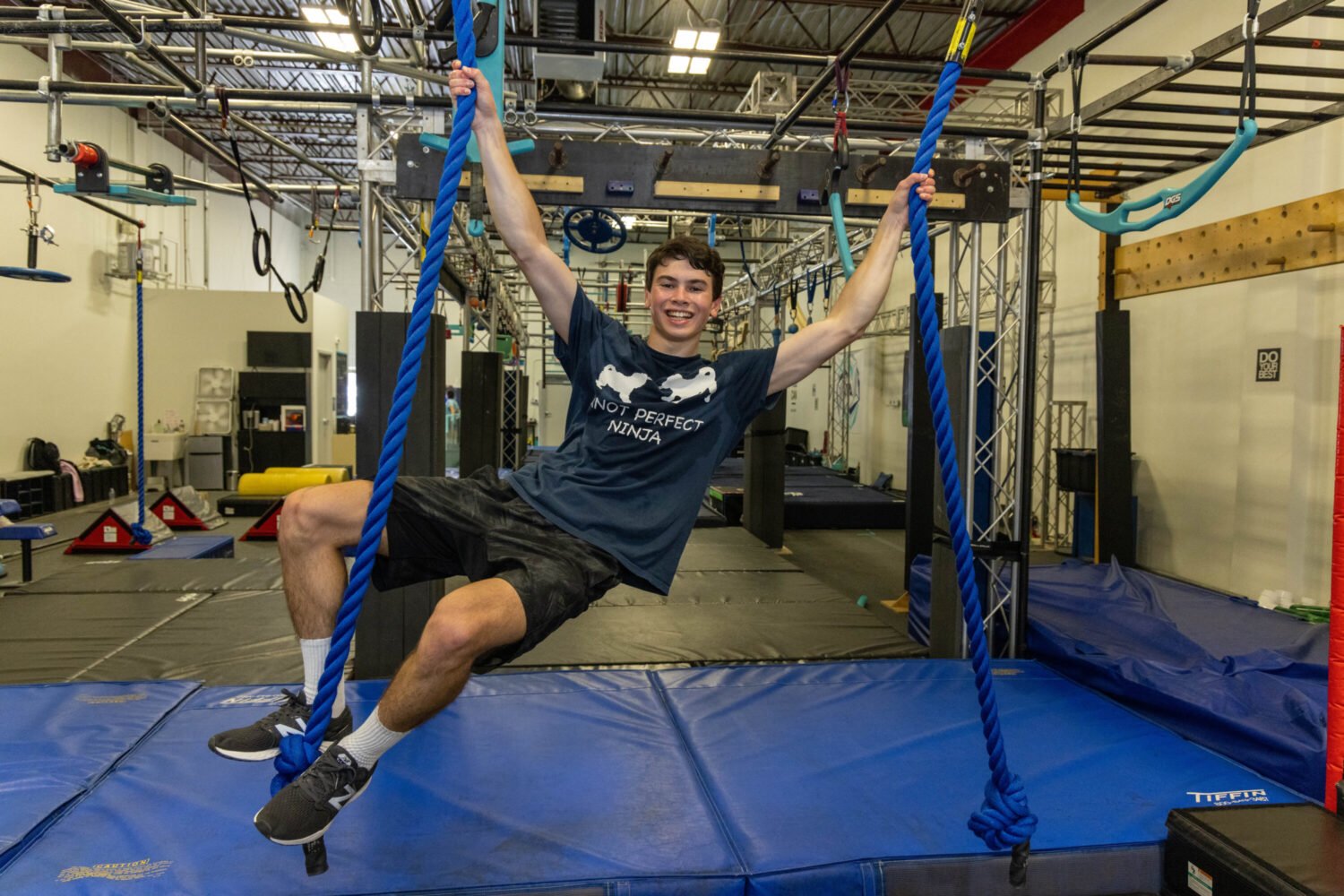If you were heading out on a tour of Washington’s greatest bike lanes, you might think to start with 15th Street, the commuter-clogged bikeway connecting downtown to Columbia Heights. Or Pennsylvania Avenue, where cyclists can take in majestic views of the US Capitol like Frank Underwood on two wheels.
But you might also want to visit Nebel Street in North Bethesda, a suburban street off Rockville Pike lined with warehouses and strip malls. Last year, Montgomery County installed bike lanes with wide buffers on them, protecting cyclists from drivers on what was once a high-speed corridor.
There’s also a “protected intersection” where Nebel Street meets Old Georgetown Road. Here, concrete medians guide bicyclists making right and left turns, giving them a path separate from the crosswalk and away from cars. It’s an innovation from the Netherlands—stateside, places such as Davis, California; Austin; and Salt Lake City have adopted the same.
Oh, and Silver Spring, where Montgomery County is building another one this summer.
Locally, the District and Arlington might be the best-known jurisdictions for promoting bicycling. But in the past few years, Montgomery County has quietly been building an ambitious bike network that sets the example not just for the region but also for other big, suburbanish counties.
That represents quite a leap. According to data from the American Community Survey, 92 percent of Montgomery’s households have at least one car and nearly two-thirds of county residents drive to work alone. In 2004, officials scrapped plans for a bike trail next to a new highway because they claimed it would harm the environment. In 2008, the county received a dubious honor from the online magazine Slate for having America’s “stupidest” bike lane—a 20-foot stretch on Cedar Street in Silver Spring that went the wrong direction down a one-way street before abruptly ending at a curb.
But in the past several years, Montgomery has taken steps to make bicycling a viable transportation option. Longtime bike advocate Casey Anderson joined the county’s planning board in 2011 and was later appointed chair. In 2013, Montgomery became the first jurisdiction to bring Capital Bikeshare outside the Beltway, placing several stations around Rockville as part of a federal grant designed to give low-income people access to suburban jobs. The following year, the county opened the nation’s first suburban cycle track, a two-way bike path with a buffer from traffic, on Woodglen Drive in North Bethesda.
Soon, that Cedar Street bike lane—since made a little longer and far less stupid—will become part of a two-mile system of protected bike lanes around downtown Silver Spring that the Washington Area Bicyclist Association calls the “Silver Spring Circle.” A new vision for downtown Bethesda’s Norfolk Avenue includes a woonerf, another Dutch import in which cars, bikes, and pedestrians share the street, all moving slowly and deliberately through the urban space. A bigger countywide bicycling plan, currently under way, could bring bike lanes to farther-flung areas such as Burtonsville and Germantown. Capital Bikeshare recorded some 100,000 trips in Montgomery County last year, 79 percent of them on weekdays.
***
Bicycling may seem like a tool best suited for short hops around Logan Circle, but it has a place in the suburbs. A national survey of travel habits found that half of all trips in the US are three miles or less and 72 percent are made in a car. Even people who have a long work commute also take lots of shorter trips—making a grocery-store run, biking with their kids to school, or visiting friends a few streets away. Those are trips more people might consider doing by bicycle if it were safe and convenient.
Making them so, in an age of budget-busting, deadline-blowing transportation schemes, is fairly reasonable. The cost of bike lanes can run to six figures, compared with millions or even billions for major highway projects. Bike lanes also take little time to build—adding them can be incorporated into already scheduled road repaving work. Supporters of bike lanes, pointing to study after study showing they have a positive impact on businesses and the local economy, say it’s worth it.
But local support goes only so far. Montgomery’s bike innovation often ends at big arterial roads such as Georgia Avenue, whose speedy traffic scares off all but the most intrepid cyclists. Many of those roads are owned by Maryland, whose highway administration has been reluctant to make changes that might inconvenience drivers. In White Flint, where Montgomery County envisions turning its biggest job center into an urban-style downtown, state highway officials resisted residents’ calls for decent sidewalks and bike lanes on Old Georgetown Road, claiming it would back up traffic.
Yet unlike in the District, where bike-lane proposals frequently run into conflicts over eliminating parking or car lanes on its narrow streets, there’s a lot of room on Montgomery’s broad roadways. As the county has grown and urbanized, driving habits are slowly starting to change. “Vehicle miles traveled,” a measure of how much people drive, has stayed relatively flat over the past 15 years even as Montgomery added 100,000 residents. On roads such as Rockville Pike, traffic has gone down over several decades.
That frees up a lot of road space for other things such as bike lanes. The Woodglen Drive lanes were built without removing parking or driving space—all traffic engineers had to do was narrow the lanes, a move that has the added benefit of calming traffic.
You might say this approach could help create a virtuous cycle: Given places to bike, a few more people might take it up. Motorists get accustomed to driving around bicyclists and realize those new bike lanes aren’t so terrible. Political support grows for more bike lanes, encouraging even more people to ride.
I don’t see Montgomery County becoming Amsterdam on the Potomac anytime soon, but I wouldn’t be surprised if a few parents swap out their minivans for kid bike trailers.
Dan Reed is a writer, urban planner, and real-estate agent. He’s also on the board of Action Committee for Transit, an advocacy group in Montgomery County. Reed blogs at Just Up the Pike (justupthepike.com). On Twitter, he’s @justupthepike.

